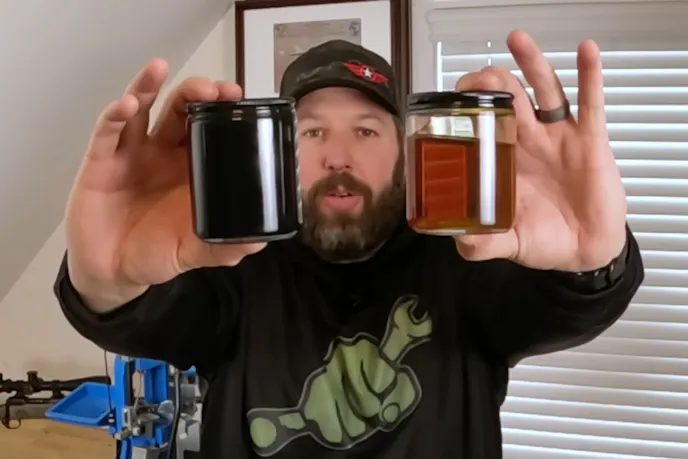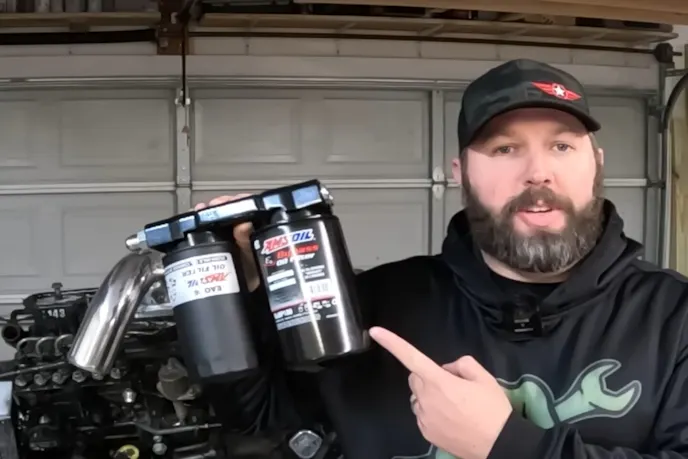The thought of never changing your truck’s oil again seems like a far-fetched dream, but a secondary filtration system could make it a reality. Jamin Seat from the Freedom Worx channel explored this idea by installing a bypass oil filter on his Duramax pickup. He documented the science, the challenging installation, and the surprising initial results of a modification designed to protect an engine from contaminants that standard filters simply cannot catch.

Understanding The Bypass Oil Filter
A vehicle’s factory full-flow filter captures particles down to about 20 microns, but many damaging particles are much smaller. A bypass oil filter works in tandem with the main filter, cleaning a small portion of the oil with extreme precision down to two microns. Seat explained that by catching these finer contaminants, you can extend the life of the oil and reduce engine wear. These tiny particles get trapped within the thin oil film between bearing surfaces, causing abrasion. Without their removal, the oil thickens and loses its protective qualities over time.

Why Diesel Oil Stays Dark
One of the most common misconceptions surrounds oil color. Seat demonstrated that even with this advanced filtration, the engine oil does not stay clean-looking. The dark color in diesel oil comes from soot particles that are often smaller than one micron, making them impossible for the two-micron filter to trap. However, these particles are generally too small to cause significant wear. He confirmed this from his own experience and stated, “This oil is completely dark as soon as I start the truck after an oil change.”
A Custom Fabrication Job
Installing the AMSOIL kit was not a simple bolt-on affair. The truck’s torsion bars blocked the intended mounting location for the new filter manifold. This obstacle forced Seat to design and fabricate a custom steel bracket to space the system correctly off the frame. After welding and painting his creation, he successfully installed the system without any leaks. The solution showed that adapting these kits to a specific vehicle can require problem-solving and fabrication skills beyond basic mechanics.
The Real Measure of Success
After the installation, Seat took oil samples immediately and again after nearly 500 miles, noting the oil’s appearance did not improve. He concluded, “I think we can say after 500 miles that this oil is never going to look like new oil again.” The project’s success is not measured by sight, but by science. He remains confident that a lab analysis will prove the oil is analytically cleaner and plans to forego traditional oil change intervals entirely. He said, “I plan to run this oil until the oil analysis lab tells me it’s no longer serviceable.”

You might also like
KC Turbos' New 2026 6.7-Liter Prototype Turbo
A forged 2024 engine swap meets the new 6.7-Liter Prototype Turbo. This combo eliminates lag while putting down 1,429 lb-ft of torque.











